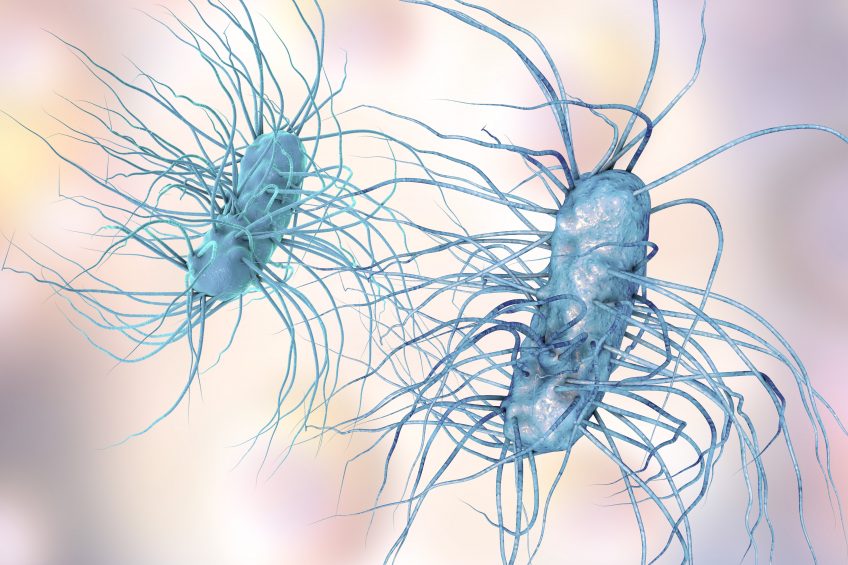“We are polluting the environment with resistant genes”

Antimicrobial resistance is not new, but actually a very old phenomenon. But we see the amount of resistant bacteria genes in the soil increasing, which is more worrisome than antibiotics use on its own.
This is according to microbiologist Dr Margie Lee, professor and head of the Department of Biomedical Sciences and Pathobiology in the Virginia-Maryland College of Veterinary Medicine at Virginia Tech in the US. Dr Lee presented her insights on antimicrobial resistance at the first-annual summer international poultry symposium, organised by Amlan International (Aug 2-3 in Chicago, US).













